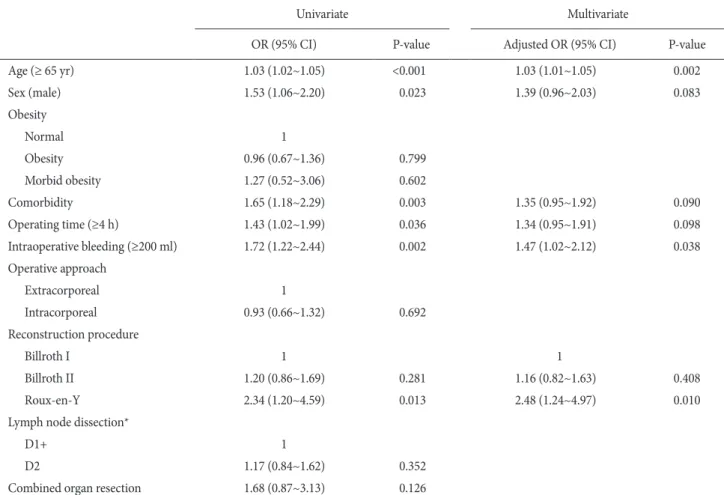Laparoscopic Distal Gastrectomy for Gastric Cancer in Morbidly Obese Patients in South Korea
전체 글
수치
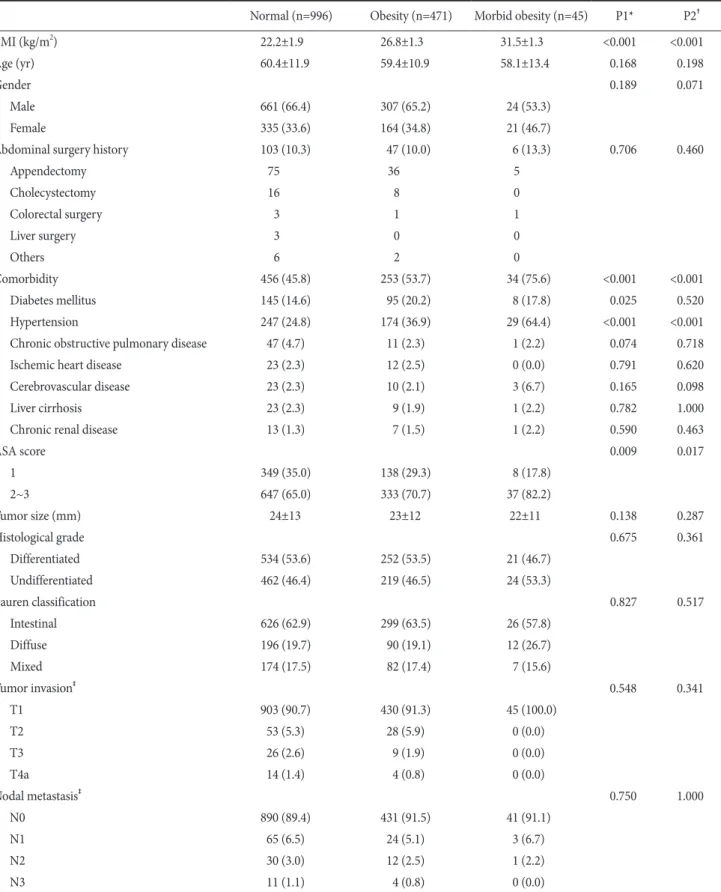
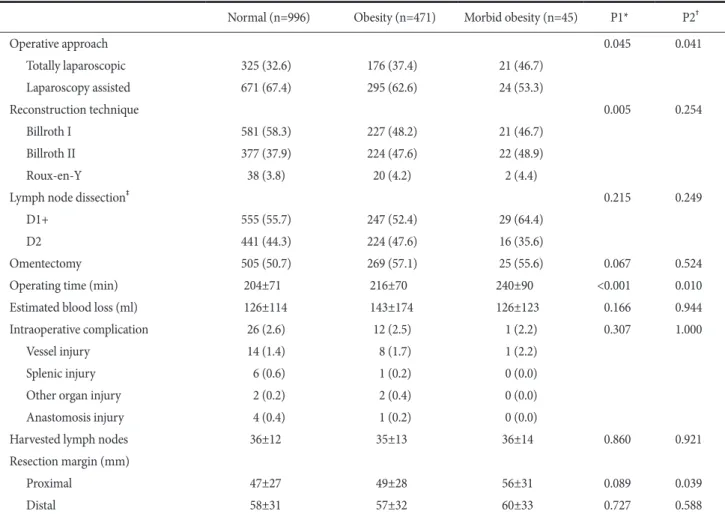
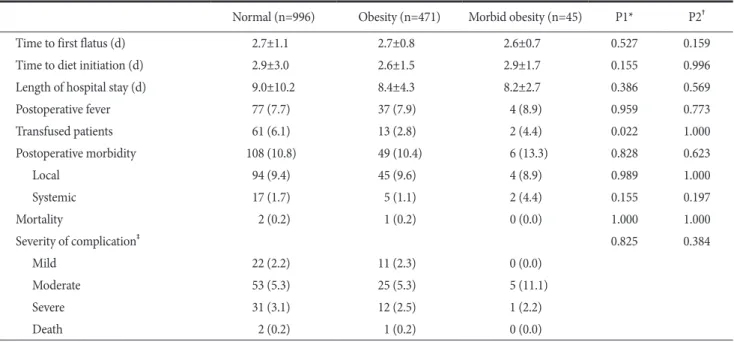
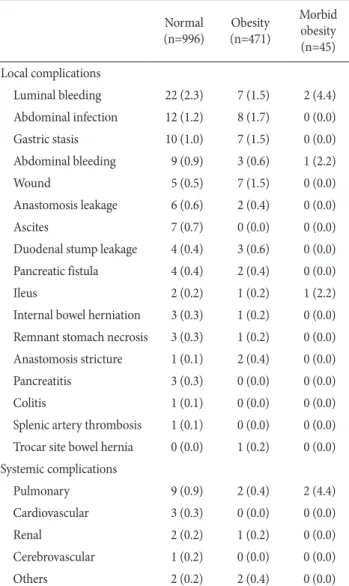
관련 문서
Results: 44 of 1048 patients with gastric cancer(4.1%) had synchronous and metachronous cancers. The average time interval between gastric cancer and secondary primary cancer
In this study, to investigate how applying a critical pathway to stomach cancer patients affects their recovery and treatment, the clinical effect of the critical
Therefore, nurses should be responsible for the relations to resolve the needs of care between nurses and patients and through communication with the patients,
High complication rate in locking plate fixation of lower periprosthetic distal femur fractures in patients with total knee arthroplasties.. Management and
The hospital anxiety and depression scale (HADS) and the 9-item patient health questionnaire (PHQ-9) as screening instruments for depression in patients with cancer.. Age
The locations of aneurysms were middle cerebral artery in 15 patients, cerebral artery in 15 patients, cerebral artery in 15 patients, cerebral artery in
F18-FDG uptake in thyroid from PET for evaluation in cancer patients: high prevalence of malignancy in thyroid PET incidentaloma.. Thyroid incidentalomas:
Higher open conversion rate and prolonged postoperative hospital stay in LATE group were not caused by the delayed operation in this study it seems to be caused by that
